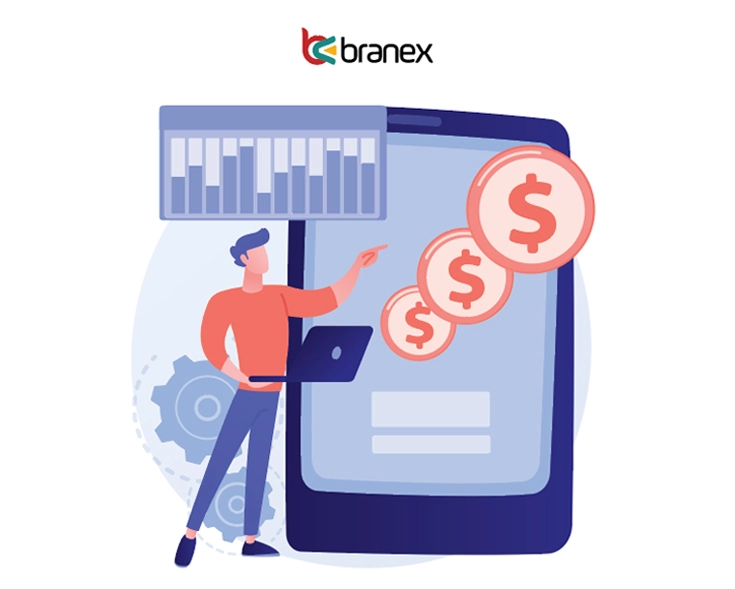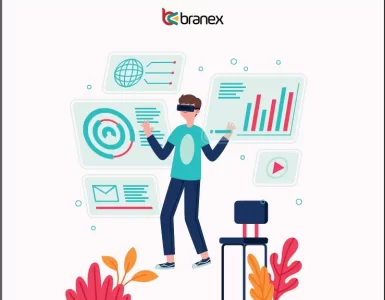There’s a mobile app for that!
We’re all acquainted with this statement.
Today, mobile apps have taken center stage in the digital spectrum. Thousands of mobile apps fill the market, particularly on both the Play Store and the App Store.
According to a recent cost estimate, the total number of apps exceeds 6 million combining both the Google Play Store as well as the Apple Store.
Yet, there’s still a lot of opportunity for businesses to develop impressive app solutions which hold the potential to revolutionize the industry. So whether you’re a Baby Boomer, Millennial, or Gen Zer, an app is something we are all familiar with and we all understand the need for one, as it becomes more of a business necessity.
In this guide, we are going to explore some of the important mobile app cost factors. Let us explore how mobile app costs can differ based on multiple comparisons. And how one should select the right mobile app development firm for their business.
So without further ado, let’s explore everything we know so far.
Some Important Facts – Why Should You Choose a Mobile App?
But before we get into how much a mobile app is going to cost. Here are a few important facts about mobile app development and why businesses should consider investing in it.
- 89% of smartphone users shop on their devices weekly. This captures the massive mobile commerce opportunity an app offers.
- App users spend 5x more time and make 3x more purchases compared to mobile website users. Apps drive deeper engagement and potentially higher revenue.
- 79% of smartphone users will make a purchase using a mobile app in 2023. Customers are increasingly comfortable buying through apps, making yours a relevant touchpoint.
- The average user has 30 apps installed on their phone, with 9 used daily. A well-designed app can become one of those trusted daily companions.
- Mobile app revenue is expected to reach $613 billion globally by 2025. Investing now positions you to capture a share of this growing market.
Now that we have established that the market embraces mobile applications. You may wonder how it all matters at the enterprise level.
To help you understand its significance, here are a few data-backed statistics to confirm and demonstrate why mobile apps offer greater value in the present growing app market.
- App-based startups have over 800% higher IPOs than non-app-based startups.
- A study by IDC found that enterprise mobility solutions can increase employee productivity by up to 30%.
Such aspects indicate how a mobile app can truly become beneficial, not only for small business level companies but also for enterprise-level corporations and beyond.
Factors Influencing Mobile App Development Cost
There are two main stages impacting the cost of mobile app development:
1. Technical Expertise:
Programming Fundamentals: A developer’s grasp of core programming concepts (variables, functions, loops) affects development speed and efficiency. Strong fundamentals typically translate to cleaner code and fewer bugs, reducing development time and overall cost.
Mobile-Specific Languages: Proficiency in languages relevant to the target platform (Java/Kotlin for Android, Swift/Flutter/React Native for iOS) is crucial. Developers with this expertise can work faster and avoid compatibility issues, minimizing development costs.
2. Planning & Design Complexity:
App Functionality: Complex functionalities with extensive features require more development time, pushing the cost upwards. Simpler apps with basic features are faster and cheaper to develop.
Platform Selection: Developing for both iOS and Android doubles the workload, significantly increasing the cost. Choosing a single platform (based on the target audience) is a more cost-effective approach.
User Interface Design: A complex, feature-rich UI design necessitates more design hours, impacting the cost. A well-planned, intuitive UI can be achieved efficiently, reducing design expenses.
By carefully considering these factors, you can make informed decisions that optimize both the functionality of your app and the development cost.
The formula for Calculating Mobile App Development Cost
At Branex, we recognize the significance of providing clear estimates for your mobile app project expenses.
Here’s a structured approach to help you gauge the approximate cost of your mobile application.
Total Development Time (TDT):
This encompasses all phases of app development, such as planning, design, coding, testing, and deployment.
Hourly Rate (HR):
This denotes the cost incurred per hour by the development team you engage, which can fluctuate based on factors like location and expertise.
Complexity Factor (CF):
This is a variable multiplier that reflects the intricacy of your app’s features:
- Basic Features: CF = 1.0
- Moderate Features: CF = 1.5
- Advanced Features: CF = 2.0
- Extensive Features: CF = 2.5
Platform Factor (PF):
This factor indicates the number of platforms your app targets:
- Single Platform: PF = 1.0
- Dual Platform: PF = 1.2
- Multi-Platform: PF = 1.5
Design Cost (DC):
This includes the expenses associated with crafting your app’s user interface (UI) & user experience (UX), influenced by the desired design complexity.
Estimation Formula:
Estimated Cost = TDT * HR * CF * PF + DC
For example, let’s consider a scenario where you’re developing a moderately complex app (CF = 1.5) for both iOS and Android platforms (PF = 1.2). Your projected development time is 1,000 hours, with a budgeted hourly rate of $50 (HR = $50). Moreover, the design cost is estimated at $10,000 (DC).
Plugging these values into the formula:
Estimated Cost = 1,000 hours * $50/hour * 1.5 * 1.2 + $10,000 = $120,000.
This gives you an estimated cost of $120,000 for your mobile app project.
Estimated Development Costs of Successful Mobile App

The mobile app landscape is brimming with innovation, catering to a vast array of needs and interests. This chart showcases a selection of highly successful apps across various categories, along with estimated development costs. From social media giants like Facebook and Instagram to productivity tools like Dropbox and Gmail, the range highlights how app development can target different user demographics and behaviors.
Interestingly, while complex social networking platforms with massive user bases tend to incur higher costs (over $1 million), some highly engaging games and gamified learning apps can be developed for under $300,000. This underlines the importance of a well-defined concept and target audience even for moderately budgeted apps.
Airbnb (Travel & Accommodation):
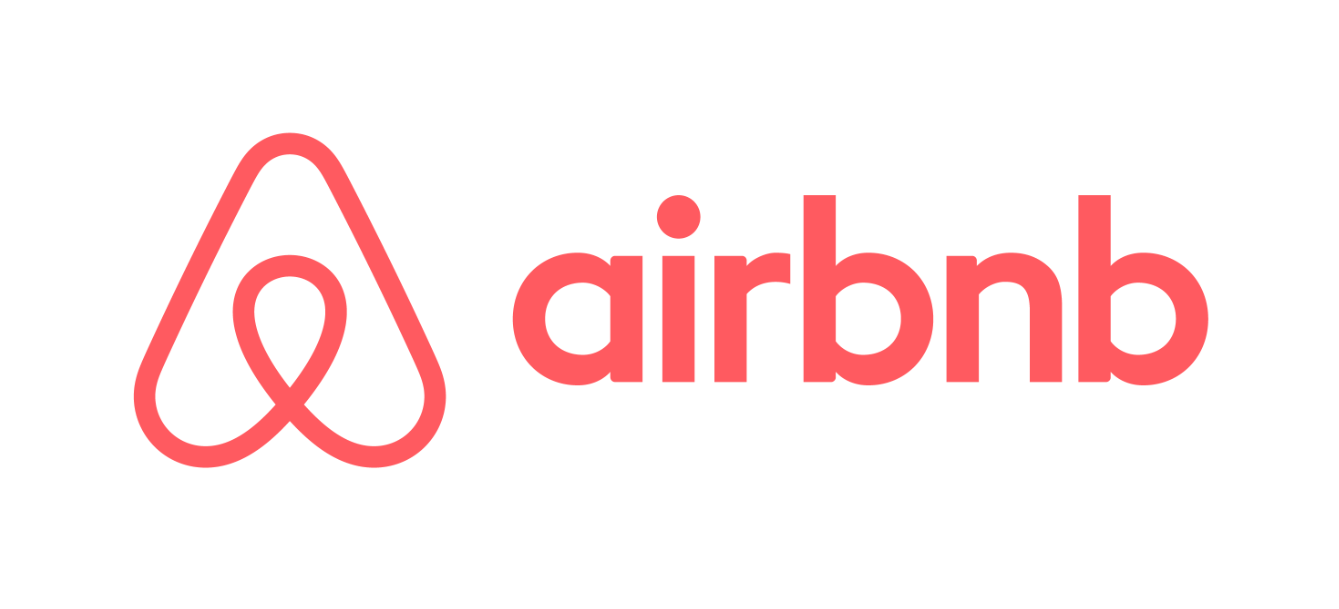
This online marketplace allows users to list or book unique accommodations around the world, from apartments and houses to vacation rentals and even castles. Airbnb has over 4 million active listings and is a popular alternative to traditional hotels.
Development cost estimation: $30,000 – $150,000 (complex booking system, secure payment processing).
Netflix (Entertainment):

This subscription-based streaming service allows users to watch a wide variety of TV shows, movies, documentaries, and originals. Netflix has over 220 million subscribers worldwide and is a major player in the streaming wars.
Development cost estimation: $500,000 – $1,000,000+ (extensive content library, high-quality streaming infrastructure).
YouTube (Video Sharing):
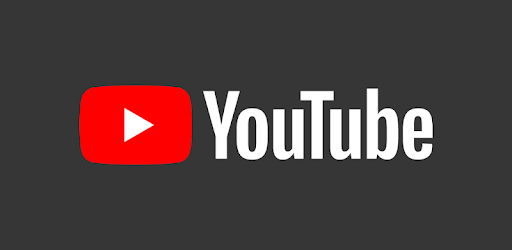
This online video-sharing platform allows users to watch, upload, and share videos. YouTube is the second most visited website in the world and a popular platform for creators and viewers alike.
Development cost estimation: $100,000 – $1,000,000+ (content delivery network, video hosting infrastructure).
PayPal (Finance):
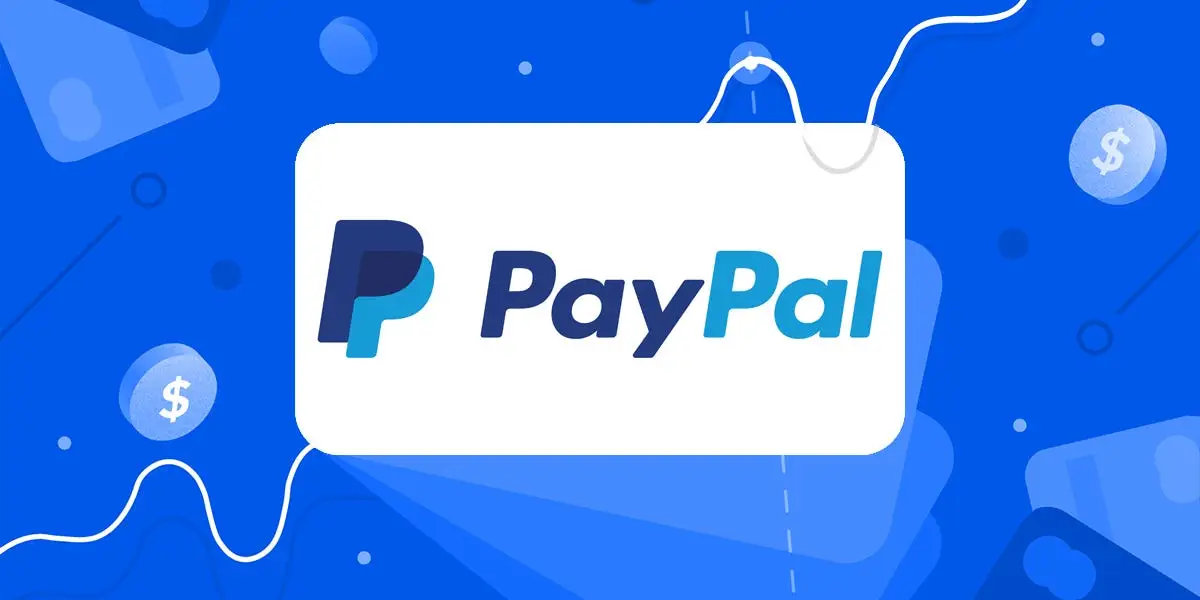
This online payment service allows users to send and receive money online. PayPal is a popular choice for online shopping and peer-to-peer payments.
Development cost estimation: $100,000 – $500,000+ (secure payment processing, user account management).
Facebook (Social Media):
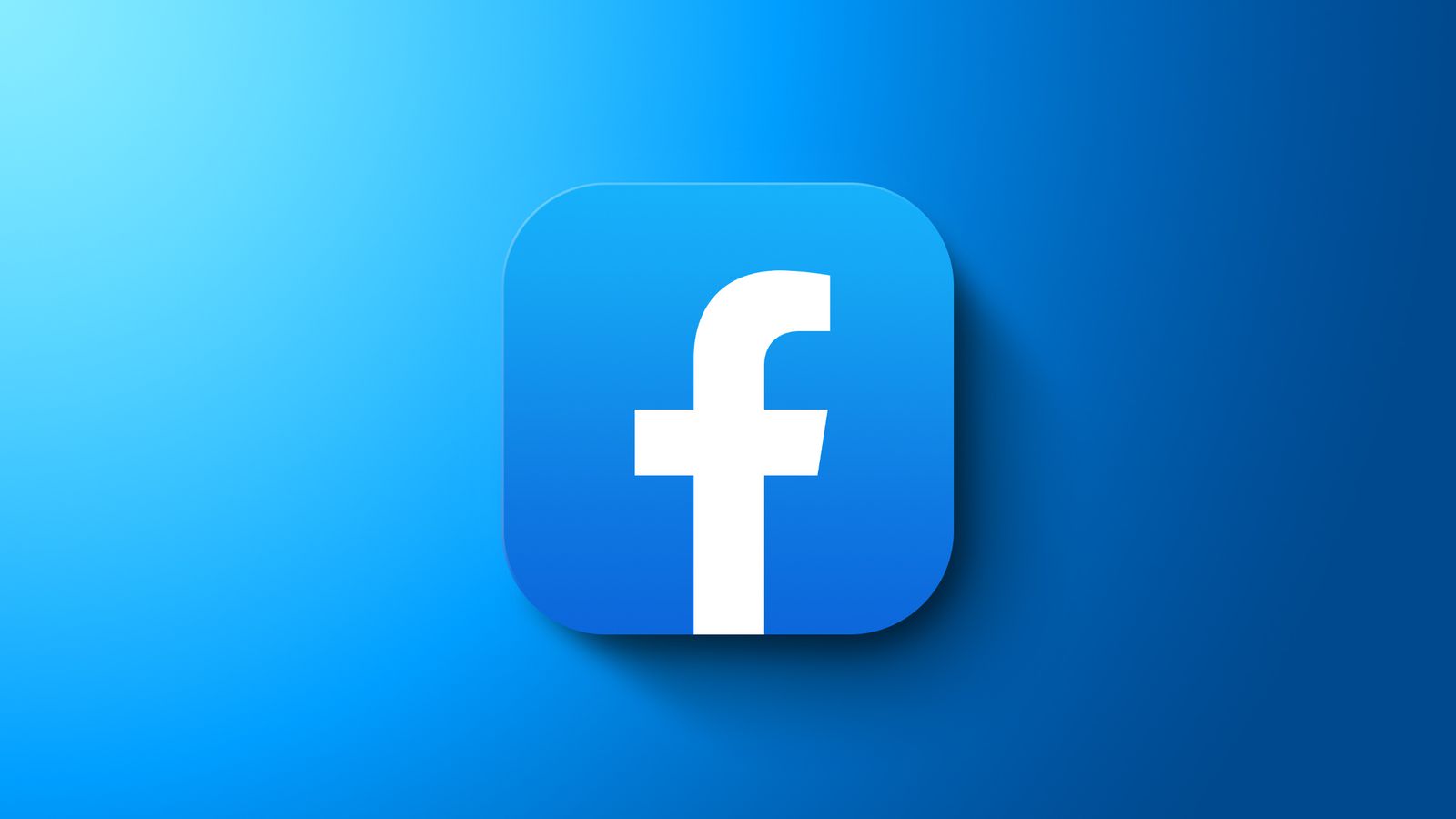
This social networking service allows users to connect with friends and family, share updates, and join groups. Facebook is one of the most popular social media platforms in the world, with over 2.9 billion monthly active users.
Development cost estimation: $1,000,000+ (complex social network features, large user base).
Snapchat (Social Media):

This multimedia messaging app allows users to share photos and videos (called “snaps”) that disappear after a set time. Snapchat is popular with young users and has over 332 million daily active users.
Development cost estimation: $45,000 – $100,000+ (focus on real-time communication and ephemeral content).
Pinterest (Social Media):

This image-sharing and social media service allows users to discover and share visual content (called “pins”) on “boards.” Pinterest is a popular platform for inspiration, recipes, and DIY projects.
Development cost estimation: $75,000 – $300,000+ (image recognition, content recommendation engine)
Candy Crush Saga (Gaming):
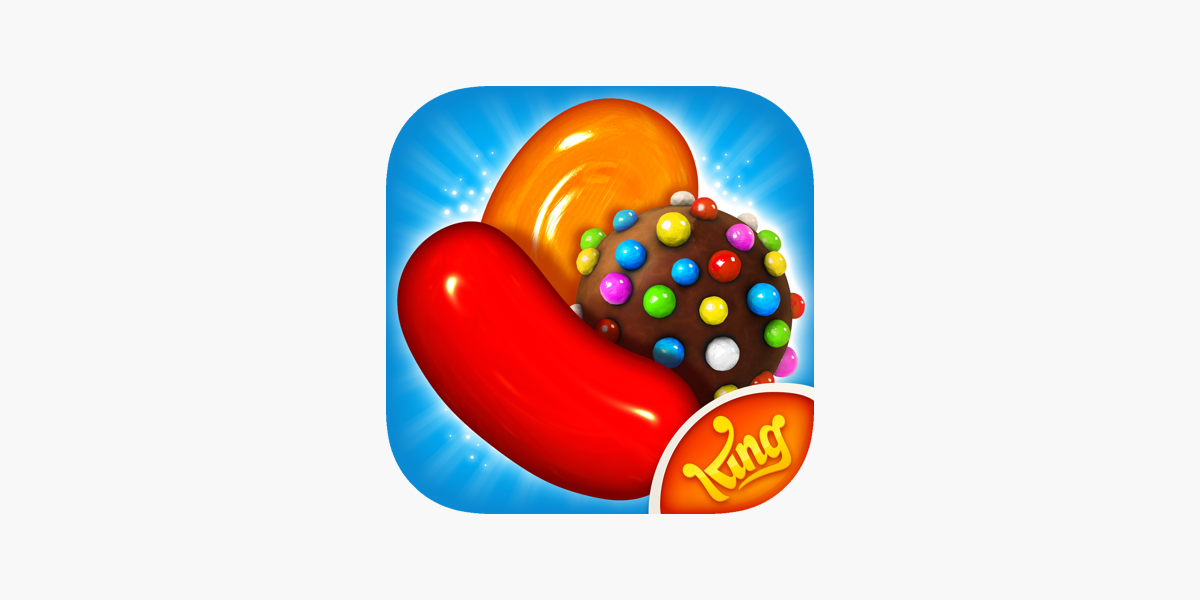
This casual match-three puzzle game has become a global phenomenon. Players match candies to clear levels and progress through the game. Candy Crush Saga is a freemium game with in-app purchases.
Development cost estimation: $100,000 – $300,000+ (engaging gameplay mechanics, monetization strategy)
LinkedIn (Business & Networking):

This social networking platform allows professionals to connect with each other, find jobs, and share industry news. LinkedIn is a valuable tool for career development and networking.
Development cost estimation: $300,000 – $1,000,000+ (professional profiles, job search features, secure connections)
Gmail (Communication):
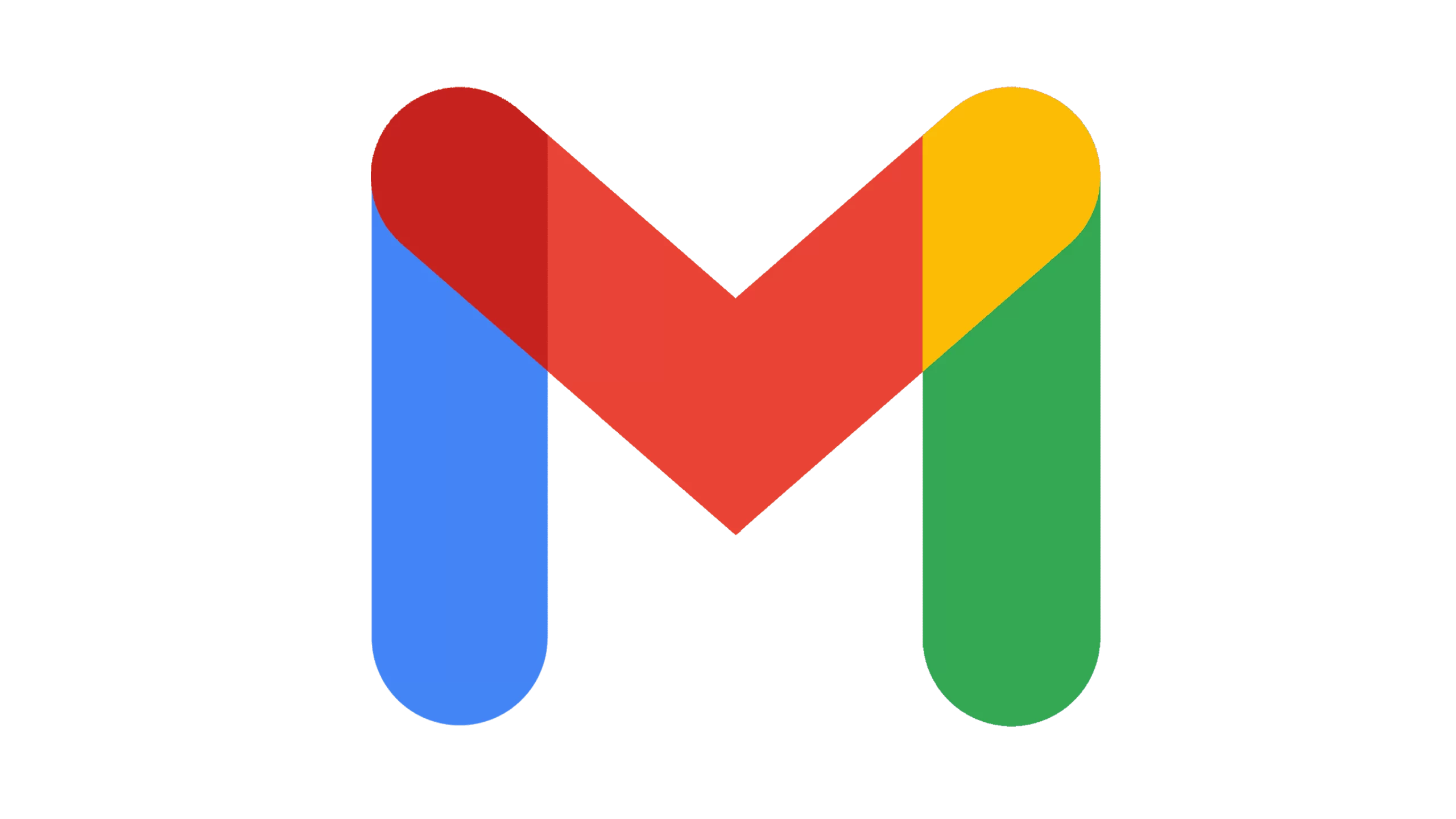
This email service from Google allows users to send and receive emails, manage contacts, and store files online. Gmail is a popular choice for personal and professional email communication.
Development cost estimation: $100,000 – $500,000+ (secure communication protocols, spam filtering, large storage capacity)
Duolingo (Education):
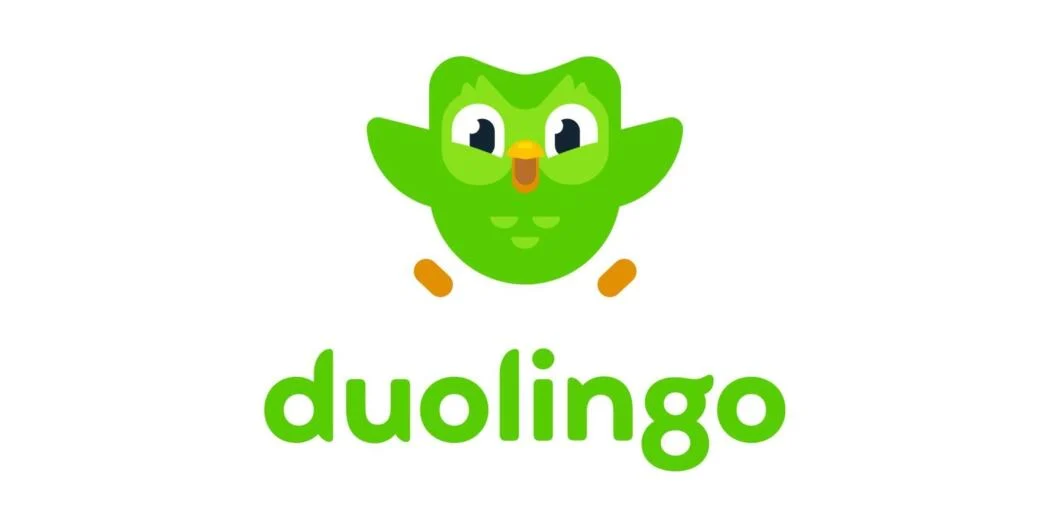
This free language learning app gamifies the learning process, making it fun and engaging for users. Duolingo offers courses in over 30 languages and has over 500 million active users worldwide.
Development cost estimation: $75,000 – $200,000+ (gamified learning mechanics, speech recognition technology)
Headspace (Health & Fitness):
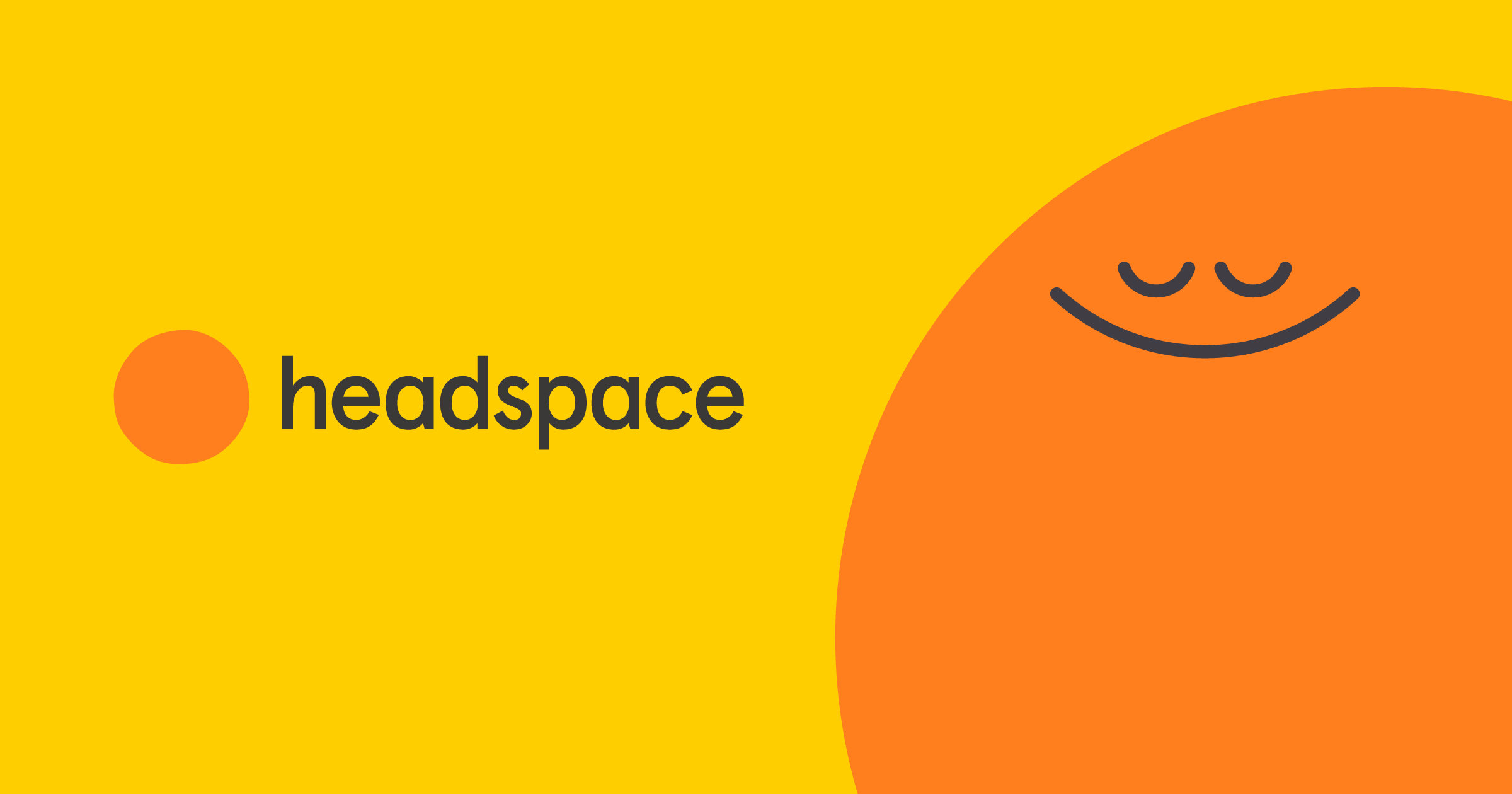
This meditation and mindfulness app offers guided meditations, sleep sounds, and other mindfulness exercises to help users improve their mental well-being. Headspace has over 65 million users and is a popular choice for stress reduction and relaxation.
Development cost estimation: $50,000 – $150,000+ (audio content creation, guided meditation features)
Fitbit (Health & Fitness):

This wearable fitness tracker and app allows users to track their steps, sleep, activity levels, and heart rate. Fitbit is a popular choice for people who want to improve their overall health and fitness.
Development cost estimation: $100,000 – $300,000+ (integration with wearable devices, fitness tracking features)
Amazon Prime Video (Entertainment):
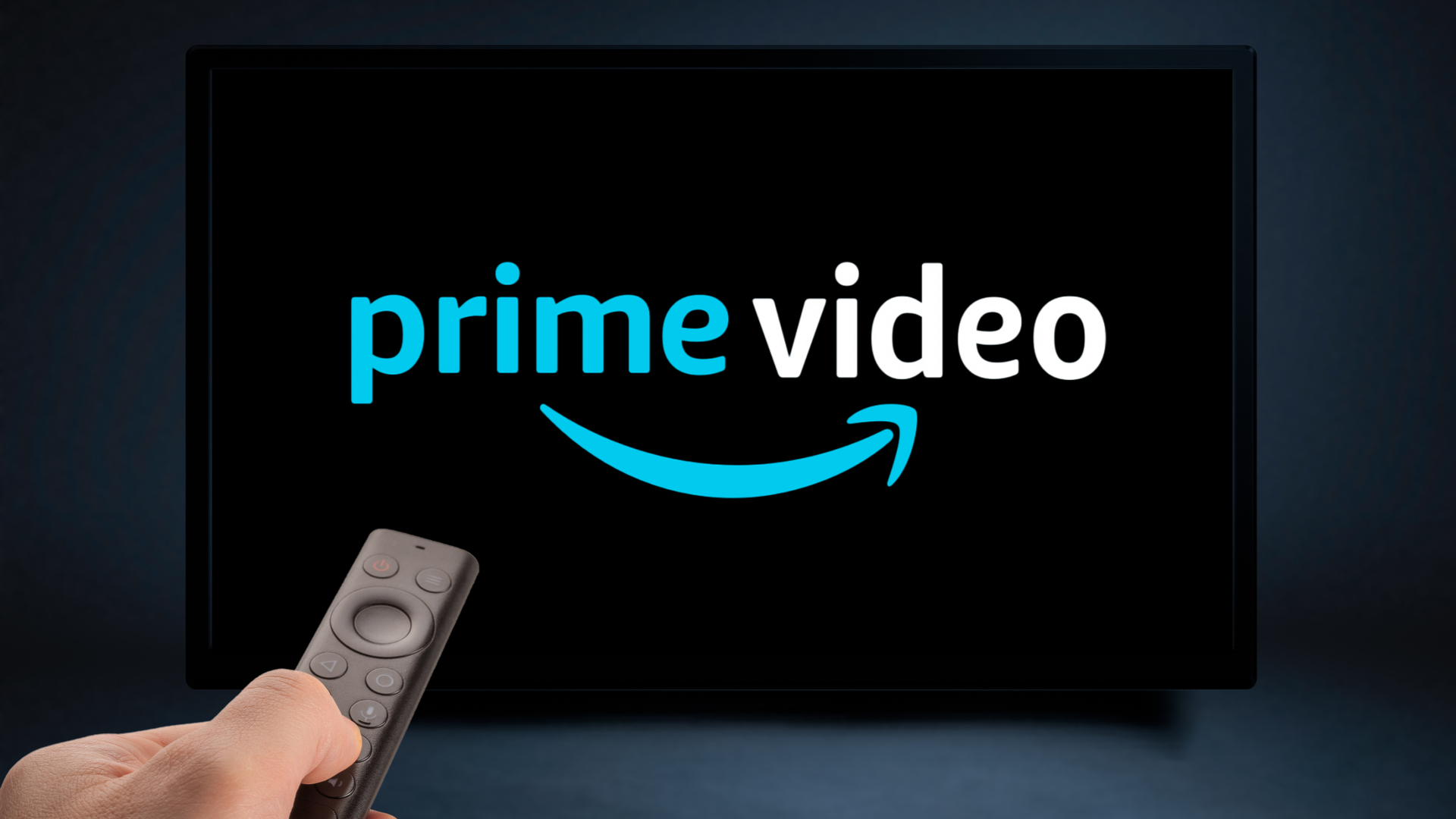
This subscription-based streaming service from Amazon offers a wide variety of TV shows, movies, documentaries, and originals. Amazon Prime Video is a competitor to Netflix and other streaming services.
Development cost estimation: $300,000 – $1,000,000+ (extensive content library, high-quality streaming infrastructure)
Dropbox (Productivity):

This cloud storage service allows users to store and share files online. Dropbox is a popular choice for businesses and individuals who need to access their files from anywhere.
Development cost estimation: $100,000 – $400,000+ (secure file storage, cloud synchronization features)
What Are the Different App Costs Based on Business Categories?

Different Apps have different requirements. Some are well detailed and others only have a few useful features. However, a mobile app cost also depends on the different categories in which these mobile apps fall.
The chart below shows the different app values based on their average minimum and maximum costs as shown below:
Check out how each app category stands differently in pricing structures below:
| App Category | Estimated Cost Range | Features Included |
| Social Networking | $50,000 – $200,000 |
User profiles, news feeds, photo/video sharing, messaging/chat, notifications, |
| Entertainment | $20,000 – $500,000 | Streaming audio/video content, personalized recommendations, playlists, offline mode, social sharing, user-generated content, in-app purchases, gaming elements (for gaming apps within this category). |
| Productivity | $30,000 – $150,000 | Task lists, calendars, reminders, notes, document editing/viewing, cloud synchronization, collaboration tools, time tracking, goal setting, file management, and integrations with other productivity tools. |
| Communication | $50,000 – $200,000 | Instant messaging, voice/video calling, group chats, file sharing, emojis/stickers, status updates, voice messages, video conferencing, encryption/security features. |
| Lifestyle | $10,000 – $100,000 | Fitness tracking, meal planning, meditation guides, habit tracking, fashion/style tips, travel planning, home decor ideas, event reminders, budgeting tools, and recipe sharing. |
| Utilities | $10,000 – $50,000 | File management, device optimization, QR/barcode scanner, flashlight, calculator, unit converter, battery saver, VPN, language translator, screen recorder, widget support. |
| Education | $20,000 – $200,000 | Online courses/classes, quizzes/tests, interactive lessons, progress tracking, offline access, discussion forums, video lectures, virtual classrooms, certification programs, and teacher/student profiles. |
| Finance | $50,000 – $300,000 | Account management, budget tracking, expense/income tracking, bill payment, investment tracking, financial news, credit score monitoring, goal-based saving, secure transactions, and receipt scanning. |
| Gaming | $10,000 – $1,000,000 | Various genres (puzzle, action, strategy, simulation, etc.), levels/challenges, multiplayer mode, in-app purchases, virtual currencies, leaderboards, achievements, social sharing, customizable characters/avatars. |
| Shopping | $50,000 – $300,000 | Product browsing/searching, shopping cart, payment gateway integration, order tracking, wish lists, discounts/offers, reviews/ratings, loyalty programs, personalized recommendations, and social sharing. |
| News and Information | $20,000 – $150,000 | News articles, RSS feeds, personalized news feeds, offline reading, push notifications, breaking news alerts, topic/category customization, bookmarking/favorites, multimedia content (images, videos), and comment sections. |
| Navigation and Maps | $50,000 – $300,000 | GPS navigation, real-time traffic updates, route planning, voice-guided directions, offline maps, points of interest (POI) search, location sharing, alternative routes, public transit information, and augmented reality features. |
| Health and Fitness | $30,000 – $200,000 | Activity tracking, workout plans, exercise demonstrations, calorie/step counting, progress tracking, meal logging, sleep monitoring, hydration reminders, heart rate monitoring, and integration with wearable devices. |
| Photography and Editing | $20,000 – $150,000 | Photo/video capture, filters/effects, cropping/rotating, retouching tools, collage making, slideshow creation, social sharing, cloud backup, metadata editing, geotagging, and watermarking. |
| Travel and Transportation | $50,000 – $300,000 | Flight/hotel booking, itinerary management, travel guides, currency conversion, language translation, reviews/ratings, local transportation information, weather forecasts, offline maps, travel insurance, and loyalty programs. |
| Weather | $10,000 – $50,000 | Current weather conditions, hourly/daily forecasts, severe weather alerts, radar/satellite maps, customizable locations, weather widget, UV index, air quality index, sunrise/sunset times. |
| Dating | $50,000 – $200,000 | Profile creation, swiping/matching mechanism, messaging/chat, photo verification, location-based matching, privacy controls, in-app gifts, video calling, event/meetup organizing, compatibility quizzes. |
| Business | $50,000 – $500,000 | CRM (Customer Relationship Management), ERP (Enterprise Resource Planning), project management, invoicing/billing, employee tracking, analytics/reporting, inventory management, customer support, and secure communication channels. |
| Real Estate | $50,000 – $300,000 | Property listings, search filters, mortgage calculators, virtual tours, agent profiles, neighborhood information, price trends, saved searches, appointment scheduling, real-time notifications, contract/document management. |
| Parenting | $20,000 – $150,000 | Child monitoring, growth tracking, milestone reminders, parenting tips/articles, family calendar, educational content/games, health records, emergency contact list, chore/allowance management, community forums. |
What Are the Different App Costs Based on App Type?
The app price also depends on the app type. To get a more detailed overview, here’s a curated list outlining the cost structures based on the different types of applications.
It shows that prices can vary significantly based on the technology on which they are built.
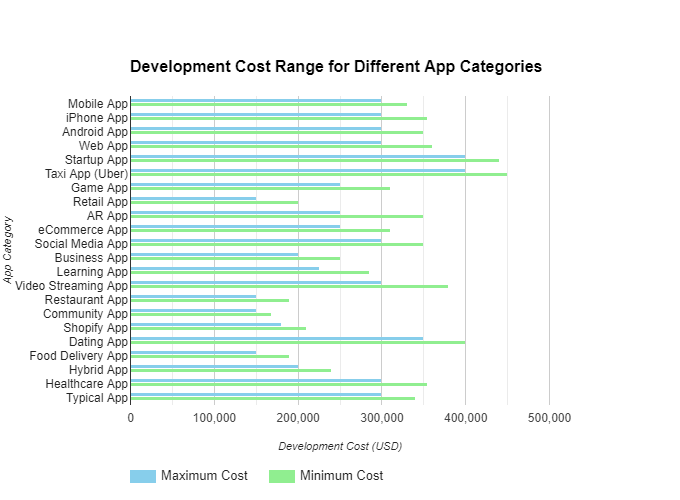
Here’s a data chart based on the app type with estimated cost range and complexity levels.
| App Type | Estimated Cost Range | Complexity Level |
| Mobile App | $30,000 – $300,000 | Moderate |
| iPhone App | $55,000 – $300,000 | Moderate |
| Android App | $50,000 – $300,000 | Moderate |
| Web App | $60,000 – $300,000 | Moderate |
| Startup App | $40,000 – $400,000 | Advanced |
| Taxi App (Uber) | $50,000 – $400,000 | Advanced |
| Game App | $60,000 – $250,000 | Moderate |
| Retail App | $50,000 – $150,000 | Moderate |
| Augmented Reality App (AR) | $100,000 – $250,000 | Advanced |
| eCommerce App | $60,000 – $250,000 | Moderate |
| Social Media App (Instagram) | $50,000 – $300,000 | Moderate |
| Business App | $50,000 – $200,000 | Moderate |
| Learning App (DuoLingo) | $60,000 – $225,000 | Advanced |
| Video Streaming App | $80,000 – $300,000 | Moderate |
| Restaurant App | $40,000 – $150,000 | Basic |
| Community App | $18,000 – $150,000 | Basic |
| Shopify App | $30,000 – $180,000 | Basic |
| Dating App | $50,000 – $350,000 | Moderate |
| Food Delivery App | $40,000 – $150,000 | Basic |
| Hybrid App | $40,000 – $200,000 | Moderate |
| Healthcare App | $55,000 – $300,000 | Moderate |
| Typical App | $40,000 – $300,000 | – |
Prices Based on Regional Difference
Salary discrepancies among programmers can vary based on their geographical location. The cost of hiring a programmer in one region might differ from another based on whichever country you’re located in.
Here’s a brief comparison of the programmer’s rates belonging to different regions.
| Region | Average Hourly Rate (USD) |
| North America | |
| – USA | $50 – $150 |
| – Canada | $40 – $120 |
| Europe | |
| – UK | $40 – $100 |
| – Germany | $50 – $110 |
| – France | $45 – $100 |
| Asia | |
| – India | $15 – $50 |
| – China | $20 – $60 |
| – Philippines | $15 – $40 |
| Oceania | |
| – Australia | $50 – $120 |
| – New Zealand | $40 – $100 |
| South America | |
| – Brazil | $20 – $60 |
| – Argentina | $25 – $70 |
This chart provides an overview of the average hourly rates for programmers in different regions. The rates discussed are approximate values that can vary.
Planning a mobile app development process is no easy feat. It requires thorough planning and you may have to bring a lot of things into consideration.
Some of the things which are included are:
- Project Management
- Business Analysis
- Development Process
- Front-end & Back-end Development
- UI/UX Design Services
- App Testing & Optimization
- And App Maintenance
Each of these aspects incur a certain cost which is all included within the package. These factors may vary depending from region to region depending on what services developers offer within their particular geographical area.
What are the Criteria for Onboarding the Right Mobile App Development Firm?
Today, there are several IT firms out there offering mobile app development services. But we often find ourselves questioning, how to find a firm that can become a reliable partner.
What are the exact criteria for onboarding a mobile app development firm? First, we will start with conducting in-depth research & ensuring requirements are well met.
Align the Features
First things first, we need to decide on what are the application requirements, how much funds are to be allocated for development, and the desired timeline for the development as well as the platform on which the app is going to run.
Knowing all such aspects will help you to learn more about the popular technologies associated with mobile application development, explore newer horizons in the mobile app development world, and understand what’s trending.
In this way, you can put together the perfect roadmap to create the perfect application.
Analyze End-to-End Service
Choosing a reputable mobile app development company like Branex offers advantages. Branex has a strong record of creating digital solutions across various industries.
This translates to access to top experts who can handle complex app projects. Established mobile app development companies have the resources to explore separate services:
- Mobile app design
- Mobile app development
- Mobile app testing
Splitting these services allows for specialization & potentially higher quality in each area.
Conduct Personal Interviews
Finding an app developer for your desired app design is one part of the equation, the other is conducting the interview.
In this phase, you have to dedicate some time to meet up with the development team and ask them about their experience with the app.
You can also briefly share your app idea and see if they understand what you want. Having a thorough conversation can help you understand whether the app developer can take up on your next-generation mobile app idea or not.
Check the Portfolio
You can always ask the company representative to show you some of their best works. To explore what they have to offer, you can think about whether you like the design of these apps. Whether you find them functional enough or user-friendly or not.
If their portfolio has uniqueness, it means the development firm has a thrill for innovation. Do you find something special about this company? Or are they just another mobile app firm? So don’t shy away from asking them to show you the portfolio.
Security & Compliance
Last but not least, make sure to discuss the security and privacy features of your mobile application and ensure that your business data is kept secure & private. Ask the developers to sign a confidentiality and non-disclosure agreement to protect your sensitive information.
How Much Does it Cost to Develop a Mobile App?
The cost of your mobile app can vary significantly depending on what you envision. Here’s a simplified breakdown:
- Simple apps with basic features can cost as little as $10,000.
- Moderately complex apps with more features can range from $50,000 to $150,000.
- If you’re looking at an app with extensive features and functionalities, like social media or gaming apps, the cost can reach well over $1 million.
Here are some ways to save on development costs:
- Start with a Minimum Viable Product (MVP): This is a basic version of your app that focuses on the core functionalities. It allows you to test your concept with real users and get valuable feedback before investing heavily in a full-fledged app.
- Target a single platform: Developing for both iOS and Android doubles the workload, so prioritize the platform where your target audience spends most of their time.
- Consider outsourcing: Look for development companies in regions with lower costs, but prioritize reputable firms with a good track record.
Ready to take your mobile app idea to the next level?
Get a free consultation with Branex expert app developers. We’ll help you come up with a cost-effective strategy to bring your mobile app vision to life.

